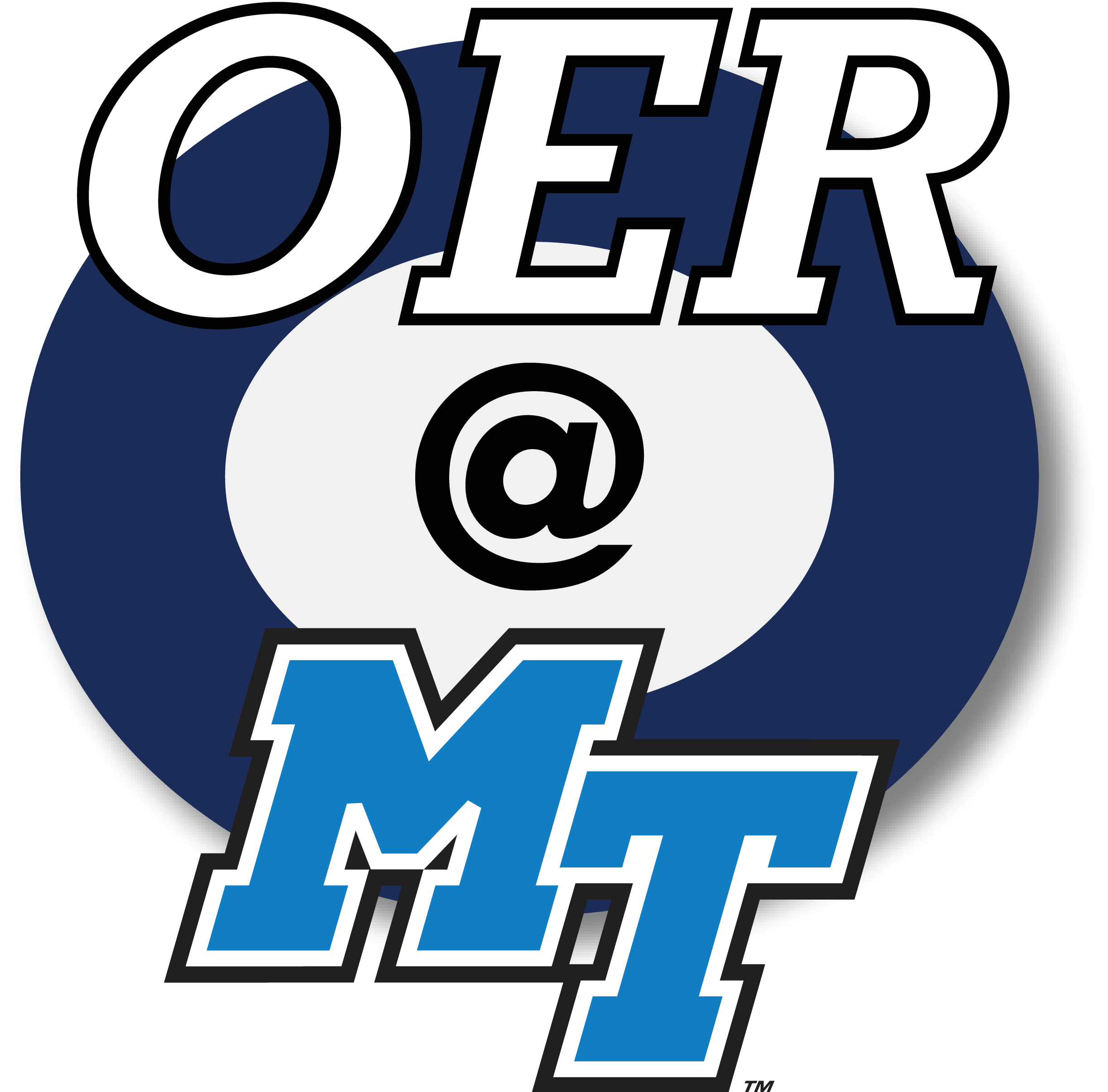Module 4: The Interdisciplinary Research Process
4.5 Evaluating Sources Using the CRAAP Tool
Learning to evaluate sources is an important part of the research and writing process. This involves critical thinking. As you evaluate sources, you are practicing a skill that is very important outside the classroom as well. These critical thinking and information literacy skills help keep you from being a victim of fake news and help you make better decisions. This chapter discusses a tool, called the CRAAP Test, that you can use to evaluate information.
“When you search for information, you’re going to find lots of it … but is it good information? You will have to determine that for yourself, and the CRAAP Test can help. The CRAAP Test is a list of questions to help you evaluate the information you find. Different criteria will be more or less important depending on your situation or need,” (Meriam Library, California State University, Chico).
Evaluation Criteria
Currency: The timeliness of the information.
- When was the information published or posted?
- Has the information been revised or updated?
- Does your topic require current information, or will older sources work as well?
- Are the links functional?
Relevance: The importance of the information for your needs.
- Does the information relate to your topic or answer your question?
- Who is the intended audience?
- Is the information at an appropriate level (i.e. not too elementary or advanced for your needs)?
- Have you looked at a variety of sources before determining this is one you will use?
- Would you be comfortable citing this source in your research paper?
Authority: The source of the information.
- Who is the author/publisher/source/sponsor?
- What are the author’s credentials or organizational affiliations?
- Is the author qualified to write on the topic?
- Is there contact information, such as a publisher or email address?
- Does the URL reveal anything about the author or source? examples: .com .edu .gov .org .net
Accuracy: The reliability, truthfulness and correctness of the content.
- Where does the information come from?
- Is the information supported by evidence?
- Has the information been reviewed or refereed?
- Can you verify any of the information in another source or from personal knowledge?
- Does the language or tone seem unbiased and free of emotion?
- Are there spelling, grammar or typographical errors?
Purpose: The reason the information exists.
- What is the purpose of the information? Is it to inform, teach, sell, entertain or persuade?
- Do the authors/sponsors make their intentions or purpose clear?
- Is the information fact, opinion or propaganda?
- Does the point of view appear objective and impartial?
- Are there political, ideological, cultural, religious, institutional or personal biases?
Attributions
Evaluating Information – Applying the CRAAP Test by Meriam Library at California State University, Chico, is licensed under a Creative Commons Attribution 4.0 International License.

